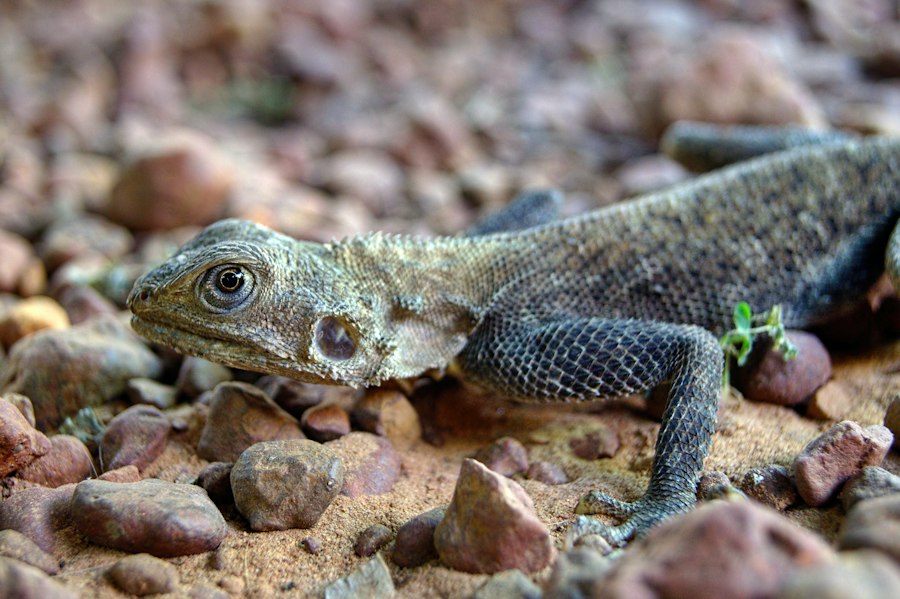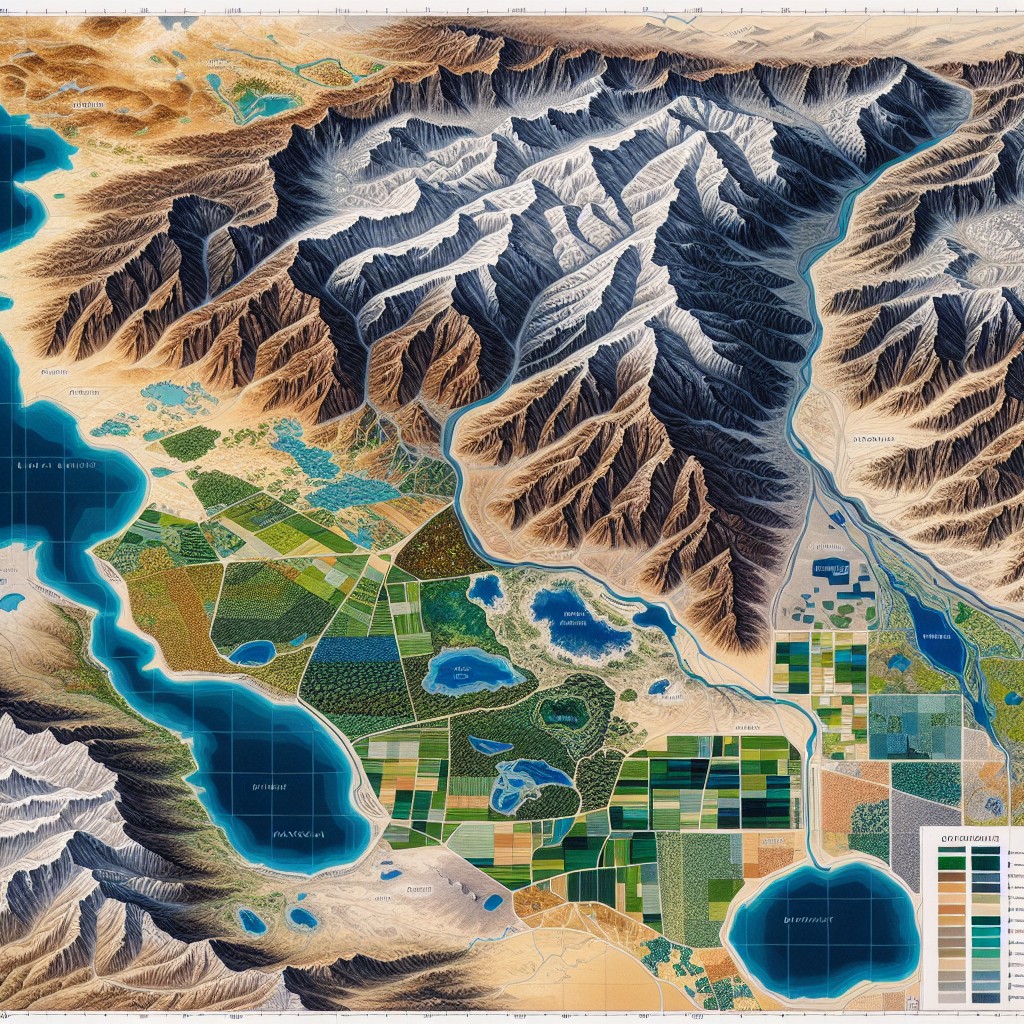Burkina Faso, a landlocked country in West Africa, is often overlooked by travelers in favor of its more well-known neighbors. However, this hidden gem has much to offer for those willing to explore its rich cultural heritage, natural beauty, vibrant music and dance scene, delicious cuisine, and friendly people. From ancient Mossi Kingdoms to stunning waterfalls and wildlife-filled national parks, Burkina Faso is a destination that will surprise and delight visitors.
Key Takeaways
- Burkina Faso is a hidden gem in West Africa with rich cultural heritage and natural beauty.
- The country boasts stunning waterfalls, wildlife, vibrant music and dance scene, and delicious cuisine.
- Visitors can expect a warm welcome from the friendly people of Burkina Faso.
- Exploring the ancient Mossi Kingdoms and trekking through the Sahel offer a journey through history and desert landscapes.
- The lively markets and colorful festivals make Burkina Faso a shopper’s paradise and a joyful experience.
Exploring the Rich Cultural Heritage of Burkina Faso
Burkina Faso is home to a diverse range of ethnic groups, each with their own unique customs and rituals. Traditional practices are deeply ingrained in the fabric of Burkinabe society and play a significant role in daily life. From birth ceremonies to initiation rites and funeral rituals, these customs are passed down through generations and serve as a way to connect with ancestors and maintain cultural identity.
One of the most iconic symbols of Burkina Faso’s culture is the mask. Masks hold great significance in traditional ceremonies and performances, representing spirits or ancestors and serving as a means of communication between the human and spiritual realms. The craftsmanship and artistry that goes into creating these masks is truly remarkable, with each one telling a story and carrying its own symbolism.
Another important aspect of Burkina Faso’s cultural heritage is the art of storytelling. Griots, or traditional storytellers, play a vital role in preserving the history and traditions of the country. Through their oral narratives, they pass down knowledge, legends, and moral lessons from one generation to the next. These stories not only entertain but also serve as a way to educate and unite communities.
Uncovering the Natural Beauty of Burkina Faso: From Waterfalls to Wildlife
Despite being a landlocked country, Burkina Faso boasts stunning landscapes that will leave visitors in awe. From rolling savannahs to rugged mountains and vast deserts, the country’s natural beauty is diverse and captivating. One of the most breathtaking sights in Burkina Faso is its waterfalls. The Karfiguéla Waterfalls, located in the southwest of the country, are a must-visit for nature lovers. Surrounded by lush vegetation, these cascades offer a refreshing escape from the heat and a chance to immerse oneself in the beauty of nature.
Burkina Faso is also home to several national parks and wildlife reserves, where visitors can spot a wide variety of animals in their natural habitats. The W National Park, a UNESCO World Heritage site, is one of the largest protected areas in West Africa and is home to elephants, lions, cheetahs, and more. The park offers opportunities for game drives, birdwatching, and even overnight camping for those seeking a truly immersive wildlife experience.
In addition to waterfalls and wildlife, Burkina Faso is dotted with picturesque lakes that provide a tranquil setting for relaxation and reflection. Lake Tengrela, located in the southwest of the country, is known for its crystal-clear waters and scenic surroundings. Visitors can take boat rides on the lake, go fishing, or simply enjoy a picnic by its shores.
Discovering the Vibrant Music and Dance Scene of Burkina Faso
| Metrics | Data |
|---|---|
| Number of traditional music and dance styles | Over 60 |
| Number of ethnic groups with unique music and dance traditions | Over 60 |
| Number of music and dance festivals held annually | Over 20 |
| Number of musicians and dancers in Burkina Faso | Unknown |
| Number of music and dance schools in Burkina Faso | Unknown |
| Number of music and dance performances held annually | Unknown |
Music and dance are integral parts of Burkina Faso’s culture and are deeply intertwined with everyday life. Traditional music is characterized by the use of drums, balafons (a type of xylophone), and other traditional instruments. These lively rhythms are often accompanied by energetic dance performances that showcase the skill and agility of the dancers.
Burkina Faso is known for its diverse range of music and dance styles, each originating from different ethnic groups. The Bobo people, for example, are famous for their balafon music, while the Mossi people are known for their war dances. The Fula people, on the other hand, are renowned for their flute music and graceful dance movements.
Music and dance play a central role in Burkina Faso’s festivals and celebrations. The biennial Pan-African Film and Television Festival of Ouagadougou (FESPACO) is one of the largest cultural events in Africa and showcases the best of African cinema. The festival is not only a platform for filmmakers but also a celebration of African culture, with music and dance performances taking place throughout the event.
Sampling the Delicious Cuisine of Burkina Faso: A Blend of African and French Influences
Burkina Faso’s cuisine is a delightful fusion of African and French influences, resulting in a unique culinary experience. Staples of Burkinabe cuisine include millet, sorghum, yams, and rice, which are often served with a variety of sauces and stews. One popular dish is riz gras, a flavorful rice dish cooked with vegetables, meat, and spices.
Meat lovers will find plenty to enjoy in Burkina Faso, as the country is known for its grilled meats and kebabs. Beef, goat, and chicken are commonly used in traditional dishes, often marinated in a blend of spices before being cooked over an open flame.
French influences can be seen in the pastries and breads that are popular in Burkina Faso. Baguettes are a common sight in local bakeries, while beignets (deep-fried doughnuts) are a popular sweet treat. French cheeses and wines are also readily available in larger cities.
Meeting the Friendly People of Burkina Faso: A Warm Welcome Awaits

One of the highlights of visiting Burkina Faso is the warm welcome you will receive from its people. Burkinabe people are known for their hospitality and friendliness towards visitors. It is not uncommon for locals to invite travelers into their homes for a meal or to offer assistance when needed.
Community and family are highly valued in Burkinabe culture, and this sense of togetherness is evident in the way people interact with one another. Visitors will often find themselves being greeted with a smile and a handshake, and may even be invited to join in on a local celebration or festival.
To make the most of your trip to Burkina Faso, it is important to show respect for the local customs and traditions. Learning a few basic phrases in the local language, Moore, can go a long way in establishing a connection with the locals. It is also advisable to dress modestly and ask for permission before taking photographs of people or sacred sites.
Exploring the Ancient Mossi Kingdoms: A Journey Through History
The Mossi Kingdoms, which date back over a thousand years, played a significant role in shaping Burkina Faso’s history and culture. The Mossi people are the largest ethnic group in Burkina Faso and are known for their warrior traditions and centralized political systems.
Visitors can explore the ancient Mossi Kingdoms by visiting the historic sites and landmarks that still stand today. The Royal Palace of Ouagadougou, for example, offers a glimpse into the grandeur of the Mossi rulers. The palace complex includes several buildings, each serving a different purpose, such as audience halls, living quarters, and ceremonial spaces.
Another important site is the Ruins of Loropéni, a UNESCO World Heritage site that dates back to the 11th century. These ancient stone walls were once part of a fortified settlement and provide insight into the architectural prowess of the Mossi people.
Trekking Through the Sahel: Discovering Burkina Faso’s Desert Landscapes
Burkina Faso’s Sahel region offers a unique trekking experience for adventurous travelers. The Sahel is a semi-arid region that stretches across the southern edge of the Sahara Desert, characterized by vast expanses of sand dunes, rocky outcrops, and sparse vegetation.
There are several trekking routes and trails in the Sahel that allow visitors to explore this rugged landscape. The Sindou Peaks, located in the southwest of the country, are a popular destination for hikers. These towering rock formations offer stunning panoramic views of the surrounding countryside and are particularly beautiful at sunrise or sunset.
When embarking on a trek in the Sahel, it is important to come prepared with plenty of water, sunscreen, and appropriate clothing to protect against the harsh desert conditions. It is also advisable to hire a local guide who is familiar with the area and can ensure your safety.
Visiting the Lively Markets of Burkina Faso: A Shopper’s Paradise
Burkina Faso’s markets are a vibrant hub of activity and offer a unique shopping experience for visitors. From colorful fabrics and traditional crafts to fresh produce and spices, these markets are a treasure trove of goods waiting to be discovered.
One of the most famous markets in Burkina Faso is the Grand Market in Ouagadougou, the capital city. This sprawling market is a sensory overload, with stalls selling everything from clothing and accessories to household items and souvenirs. Bargaining is expected in these markets, so don’t be afraid to negotiate for a fair price.
For those looking for traditional crafts and artwork, the Artisanal Center in Ouagadougou is a must-visit. Here, visitors can find beautifully handcrafted items such as wooden masks, pottery, jewelry, and textiles. The center also provides an opportunity to meet local artisans and learn about their craft.
Celebrating Burkina Faso’s Festivals: A Colorful and Joyful Experience
Burkina Faso is known for its vibrant festivals and celebrations, which provide a unique insight into the country’s culture and traditions. One of the most famous festivals is the Fête de la Musique, held annually on June 21st. This day-long celebration showcases the best of Burkinabe music and attracts musicians from all over the country.
Another popular festival is the Festival International de Théâtre et de Marionnettes (FITMO), which takes place in Ouagadougou every two years. This festival brings together theater groups and puppeteers from Burkina Faso and beyond, offering a diverse program of performances that range from traditional storytelling to contemporary theater.
To fully experience Burkina Faso’s festivals, it is advisable to plan your visit around these events. Be prepared for colorful parades, lively music and dance performances, and an overall sense of joy and celebration.
Burkina Faso may be a hidden gem in West Africa, but it is a destination that should not be overlooked. From its rich cultural heritage and natural beauty to its vibrant music and dance scene, delicious cuisine, friendly people, ancient Mossi Kingdoms, desert landscapes, lively markets, and colorful festivals, Burkina Faso has something for every traveler. So pack your bags and get ready to explore this extraordinary country for yourself. You won’t be disappointed.
FAQs
What is Burkina Faso?
Burkina Faso is a landlocked country located in West Africa. It is bordered by six countries: Mali to the north, Niger to the east, Benin to the southeast, Togo and Ghana to the south, and Ivory Coast to the southwest.
What is the capital of Burkina Faso?
The capital of Burkina Faso is Ouagadougou. It is the largest city in the country and serves as the administrative, cultural, and economic center of Burkina Faso.
What is the population of Burkina Faso?
As of 2021, the estimated population of Burkina Faso is around 21 million people. The country has a relatively young population, with more than 60% of its citizens under the age of 25.
What is the official language of Burkina Faso?
The official language of Burkina Faso is French. However, there are more than 60 different ethnic groups in the country, each with their own languages and dialects.
What is the economy of Burkina Faso like?
Burkina Faso is one of the poorest countries in the world, with a largely agricultural economy. The country’s main exports include gold, cotton, and livestock. However, Burkina Faso has been working to diversify its economy and attract foreign investment in recent years.
What are some popular tourist attractions in Burkina Faso?
Some popular tourist attractions in Burkina Faso include the Ruins of Loropéni, a UNESCO World Heritage Site, the National Museum of Music, and the Grand Mosque of Bobo-Dioulasso. The country is also known for its vibrant music and dance scene.


